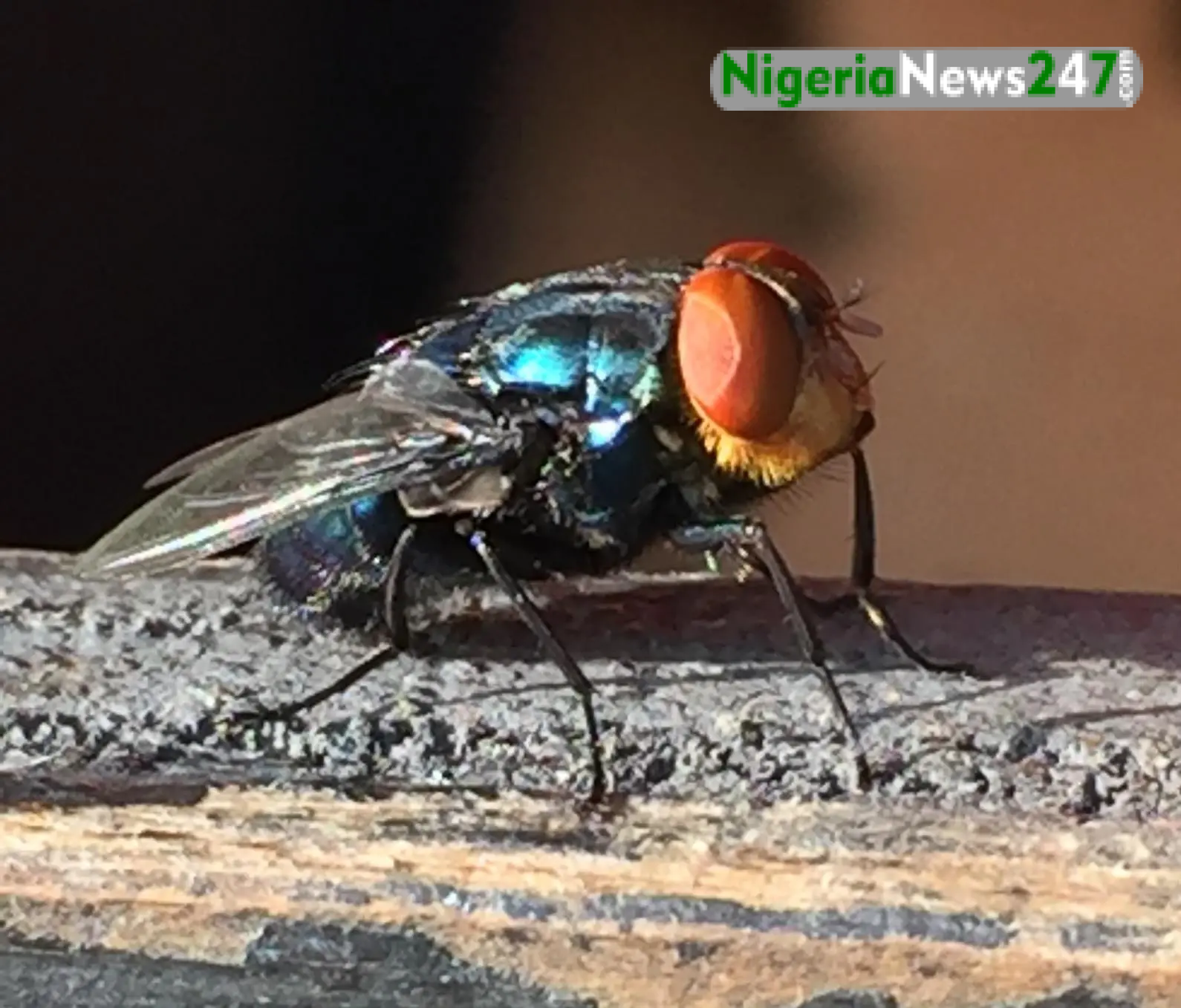Equestrian
USDA Confirms Screwworm Case Near U.S. Border: What Horse Owners Need to Know

On September 21, 2025, the United States Department of Agriculture (USDA) confirmed a case of New World Screwworm (NWS) in Nuevo Leon, Mexico, located less than 70 miles from the U.S.-Mexico border. The case was identified near a major highway that connects Monterrey, Mexico, to Laredo, Texas—one of the busiest commercial routes in the world.
This development is especially concerning for the U.S. equine industry, as screwworm had previously been eradicated from the United States. A reintroduction could have serious consequences for animal health, interstate movement, and equine events.
Why Is Protecting the U.S. from Screwworm Critical?
Screwworm is a devastating parasite that can infest any warm-blooded animal—including livestock, wildlife, domestic animals, and even humans. If left untreated, screwworm infestation is often fatal.
Screwworm Fast Facts: Life Cycle & Risks
-
Infestation begins with a wound—even one as small as a tick bite.
-
Adult female flies are drawn to the smell of open wounds and can lay 200–300 eggs.
-
Larvae (maggots) hatch and burrow into live tissue, feeding for up to seven days.
-
Once mature, larvae drop to the ground to pupate, and adult flies emerge to restart the cycle.
-
Females mate only once, while males can mate multiple times.
-
The complete life cycle takes around 21 days.
Common veterinary procedures like castration increase risk by creating open wounds, making daily wound care and monitoring essential.
Clinical Signs of Screwworm Infestation in Horses
If your horse displays any of the following symptoms, contact your veterinarian immediately:
-
Non-healing wound
-
Foul-smelling discharge
-
Visible maggots in or near the wound
-
Swelling, discoloration, or tissue death (necrosis)
-
Depression, lethargy, or loss of appetite
-
Headshaking or signs of irritation
Prompt action is critical to prevent further tissue damage and reduce risk to other animals.
How to Identify Screwworm
Adult Screwworm Fly:
-
Slightly larger than a housefly
-
Orange eyes, metallic blue or green body
-
Three dark stripes on the back
Screwworm Larvae:
-
Tapered, cylindrical body with a blunt rear and pointed head
-
Dark, backward-facing spines on each body ring to aid burrowing
-
Darkly pigmented internal tracheal tubes visible at the posterior end—used for breathing inside wounds (key for expert identification)
These traits distinguish screwworm from more common fly larvae.
Potential Impact on Equine Movement and Events
A screwworm incursion could lead to strict animal movement restrictions, including:
-
Mandatory veterinary examinations before transport
-
Wound-free certification for horses
-
Preventive treatments against infestation
Equine events may also implement additional screening and fly control protocols.
The U.S. Equestrian Federation (USEF) is actively coordinating with state and federal agencies to develop strategies that ensure safe continuation of equine competitions while minimizing biosecurity risks.
How You Can Help: Prevention and Early Detection
Every horse owner, trainer, and caregiver plays a vital role in protecting the U.S. from screwworm:
- Inspect your horse daily for wounds or signs of maggot infestation
- Keep all wounds clean, treated, and covered if possible
- Report any suspicious wounds or maggots to your veterinarian immediately
- Work with your vet to notify state or federal animal health authorities if screwworm is suspected
Early Reporting Saves Lives
Quick action is essential to containing and eradicating screwworm. By staying vigilant and proactive, we can help prevent a serious threat from spreading and ensure the continued health and safety of our horses and livestock.












![Top Nigeria Newspaper Headlines Today 25th June 2024 [Tuesday] 87 Nigeria Newspaper Headlines](https://nigerianews247.com/wp-content/uploads/2024/04/Nigeria-Newspaper-Headlines-80x80.png)

![[VIDEO] Tinubu Stumbles while Boarding Presidential Parade Vehicle at Eagles Square 90 Tinubu Stumbles while Boarding Presidential Parade Vehicle at Eagles Square](https://nigerianews247.com/wp-content/uploads/2024/06/Tinubu-Stumbles-while-Boarding-Presidential-Parade-Vehicle-at-Eagles-Square-80x80.jpeg)


You must be logged in to post a comment Login